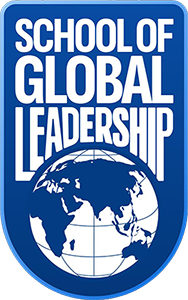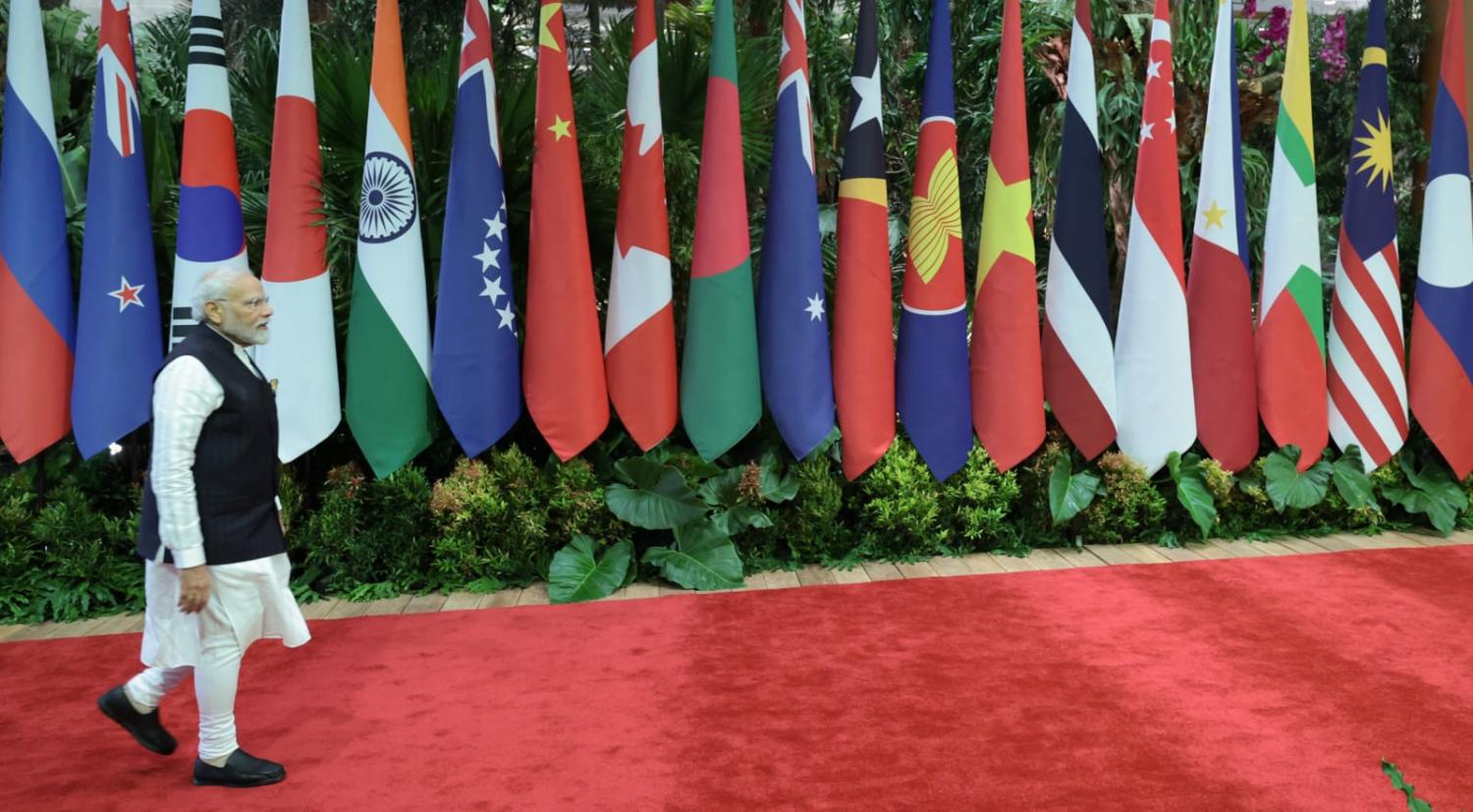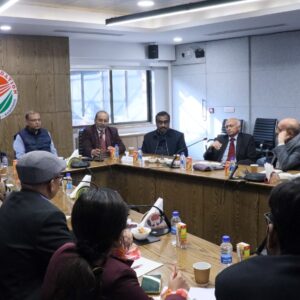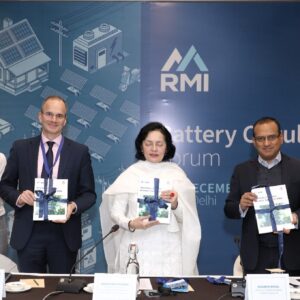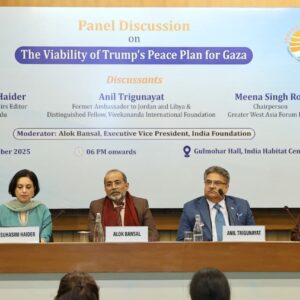The region’s geopolitical landscape has become significantly more complex, generating deeper anxieties concerning China’s aggressive rise and the escalating US-China rivalry. This situation has been further aggravated by the disruptions caused by the COVID pandemic, followed by the Ukraine-Russia war, the Gaza conflict, and most recently, by the tariff wars. The recent positions taken by the US, which are detrimental to the interests of its closest allies in the region, have compounded the security scenario. How the US will respond to future challenges in the Indo-Pacific is now questionable.
Over the past decade, China has adopted an increasingly aggressive stance in pursuing its territorial ambitions. This is evident through its militarisation of disputed islands in the South China Sea, frequent large-scale military exercises, and assertive posturing towards Taiwan. Furthermore, China has asserted expansive claims not only in the South China Sea and East China Sea but also along the India–China border, as observed in Galwan and Doklam.
In recent years, Beijing has effectively sown division among smaller regional states, drawing them into protracted, unproductive negotiations over their territorial claims in the South China Sea, while steadily advancing its regional expansion. This hegemonic impulse is also reflected in its state-sanctioned maps, which incorporate vast tracts of neighbouring nations—including India, Indonesia, Malaysia, the Philippines, Brunei, and Vietnam—into Chinese territory, despite persistent and widespread objections from all affected countries.
China’s role during Operation Sindoor, in supplying lethal weapons, aircraft, missiles, and intelligence to Pakistan, was apparent. The efficacy of their defence platforms and equipment was tested for the first time, highlighting the importance of technology. There are lessons to be learnt, not just for India, but for all others in the region, particularly the US, Japan, Taiwan, Korea, Australia, Vietnam, and the Philippines. This also merits an analysis of the reliability of our partnerships in the Indo-Pacific.
It also allows India to strengthen defence cooperation with its traditional partners, such as Vietnam, the Philippines, Malaysia, Singapore, and Indonesia, progressing beyond training and capacity building towards defence procurement, in light of the recent success of our indigenous military hardware. Some of this cooperation has already commenced and has advanced over the past decade. The role of grey zone warfare, including cyber-attacks and information warfare, presents additional important lessons for further refining our Act East Policy (AEP).
The growing economic dependence of smaller countries on China and the increasing financial burden of Chinese debt weigh heavily on those nations that have entered such unviable financing arrangements. The Belt and Road Initiative (BRI) has deleteriously affected recipient countries’ local economies and environments while serving Chinese interests. The experiences of Chinese debt in Pakistan, Sri Lanka, the Maldives, Cambodia, Laos, and Myanmar offer recent examples. Over-dependence on Chinese loans and markets, as well as its finances and supply and manufacturing chains, has hindered efforts to rein in China’s errant behaviour, as it shifts the balance of power in its favour within the region.
Against this backdrop, India’s Act East Policy (AEP) and its vision of MAHASAGAR (Mutual and Holistic Advancement of Security and Growth for All in the Region) have gained greater salience in strengthening relations with its strategic partners. India’s development cooperation programmes with the Global South in this region have also become increasingly significant through loans, grants, capacity building, and technology, encompassing new areas of collaboration in the Indo-Pacific.
The past decade of India’s AEP has established a robust foundation. This aligns with its ambitious Sagarmala initiative to upgrade its maritime and port infrastructure, enhancing connectivity, trade, and economic activity throughout the Indian Ocean Region (IOR). Over the last ten years, India’s AEP has matured into a strategic engagement, creating a network of partnerships with ASEAN and related frameworks and with countries further east, including Japan, South Korea, Australia, Russia, the US, and the Pacific Island nations. The AEP has broadened in scope, incorporating enhanced geopolitical, geostrategic, and geoeconomic dimensions. It is action-oriented, revitalising India’s historical, cultural, and people-to-people connections with countries in the East. It has achieved the dual aims of bolstering trade and business relations while generating development opportunities for India’s northeastern states, located at the strategic junction of Bhutan, China, Bangladesh, and Myanmar. Therefore, Commerce, Culture, and Connectivity – the three Cs – are the primary pillars of India’s AEP.
At the same time, focused attention has been directed towards regional cooperation. India has actively participated in establishing new plurilateral groups and revitalising existing ones through regular summit-level meetings of the QUAD, FIPIC (Forum for India and Pacific Island Countries), BIMSTEC, IORA, and ASEAN-related frameworks such as EAS, ARF, ADMM+, and MGC. The QUAD has established a pragmatic agenda to address the region’s most urgent challenges, including health security, climate change, infrastructure, resilient supply chains, critical and emerging technology, cybersecurity, humanitarian aid and disaster relief, space, maritime security, combating disinformation, and counterterrorism. All this has been accomplished in just a few years.
Another critical emerging group in which India has partnered with other dynamic countries in the Indo-Pacific region is the Indo-Pacific Economic Framework for Prosperity (IPEF). Its other members include the United States, Australia, Brunei Darussalam, Indonesia, Japan, the Republic of Korea, Malaysia, New Zealand, the Philippines, Singapore, Thailand, and Vietnam. These countries are committed to “a free, open, fair, inclusive, interconnected, resilient, secure, and prosperous Indo-Pacific region that has the potential to achieve sustainable and inclusive economic growth.” The IPEF Statement, issued in Tokyo in May 2022, acknowledges that economic policy interests in the region are intertwined and that deepening economic engagement among partners is crucial for continued growth, peace, and prosperity. The participants have agreed to work under the pillars of trade, supply chains, clean energy, tax, and anti-corruption for cooperation.
India’s commitment to cooperation with the Pacific Island countries, along with PM Modi’s attendance at the three FIPIC Summits (the 1st FIPIC Summit in Fiji in November 2014, followed by the 2nd Summit in Jaipur in 2015 and the 3rd in Papua New Guinea in May 2023), exemplifies India’s efforts to expand its AEP remit to the small island countries in the Pacific, with which India shares strong cultural and people-to-people links. India has partnered with these nations on development cooperation, particularly in addressing the challenges of climate change. Additionally, India has initiated and participated in several other significant bilateral and trilateral project-led collaborations. These include India-Indonesia-Australia, India-Japan-Sri Lanka/Bangladesh, and collaborations with Russia, France, and other European nations, all of whom are stakeholders in peace and development in the region.
India has made significant contributions to regional maritime security by ensuring the safety of maritime traffic and enhancing the skills and logistics of countries in South and Southeast Asia. It has signed white shipping agreements with several nations. Furthermore, Indian vessels have participated in coordinated patrolling and EEZ surveillance. India is aiding its maritime neighbours in establishing their coastal surveillance systems to foster shared maritime domain awareness on behalf of its partners. The hydrographic support and capacity-building provided to India’s partners have strengthened navigational safety.
India has emerged as the preferred security provider in addressing traditional and non-traditional threats, including piracy, trafficking, illegal fishing, and smuggling. Another notable area of success for India has been cooperation in humanitarian assistance and disaster relief (HADR), encompassing risk reduction. India has been the first responder, as demonstrated once again during the region’s COVID pandemic and subsequent natural disasters. Two initiatives led by India in this context include the International Solar Alliance and the Coalition for Disaster Risk Reduction Infrastructure. Cooperation in space and cybersecurity has also emerged as a significant collaboration area.
Notwithstanding the current internal turbulence within Bangladesh, the Neighbourhood First policy since 2014 has made significant progress. In Bangladesh, Bhutan, Nepal, and Myanmar, we have witnessed the development of new roads, checkpoints, rail links, waterways, power grids, fuel pipelines, and transit facilities. Much more is in progress. Internally, India is rapidly enhancing its border infrastructure in roads, railways, ports, and waterways. The Indian Railways is undertaking several international projects, including the Jogbani-Biratnagar (Nepal), Agartala to Akhaura (Bangladesh), restoration of Haldibari (India) – Chilahati (Bangladesh), and the Rakhipur (India) to Birol (Bangladesh) 9 km line. Twenty port townships will be developed along the Brahmaputra and Barak river systems to enhance intra-regional connectivity.
With ASEAN, the relationship was further upgraded to a Comprehensive Strategic Partnership in 2022. Trade, investment, tourism, and even security have seen steady progress among all members. The recent review of the ASEAN-India Trade in Goods Agreement (AITIGA) is timely and will provide a fresh economic boost to this relationship. The importance of international trade rules, particularly rules of origin, gains significance in this context, offering India and its regional trading partners an opportunity to focus on synergies, complementarities, and mutual interests to diversify supply chains and serve as alternatives in the China plus one strategy. Opportunities in emerging areas such as AI, semiconductors, green shipping, and green hydrogen are also being actively pursued. Several ASEAN countries, including Vietnam, Malaysia, and Thailand, have liberalised visas for Indians, while other ASEAN members have also expanded air connectivity. These developments will contribute to increased trade, tourism, and people-to-people connectivity. Education and skills are further areas of cooperation that are being explored.
A crucial aspect of India’s eastward orientation has been to enhance physical, digital, and people-to-people connectivity. India has announced a $1 billion credit line to improve digital infrastructure and connectivity with ASEAN. The construction of the trilateral highway linking India with Thailand via Myanmar and its proposed expansion to Laos, Cambodia, and Vietnam is a significant undertaking. This, in turn, will align with the ASEAN Master Plan on connectivity and the ASEAN East-West Corridor. It will also serve as an important land bridge between India’s northeastern states and Southeast Asia. This will be a game changer. Unfortunately, progress is currently hindered by internal strife in Myanmar. Practical solutions will need to be devised.
The Kaladan multi-modal transport project will link Kolkata to Sittwe port in Myanmar, extending into Mizoram via river and land routes. Sea links are also vital between India’s eastern seaboard, including the ports of Ennore and Chennai, CMLV countries, and Vladivostok. There is a need to improve transhipment links with Malaysia, Singapore, Indonesia, and Thailand. Additionally, there is a proposal to connect Dawei port in Myanmar, which is being developed with Thailand, to Chennai port in India, thereby reducing shipping costs and time. For these proposals to succeed, India and ASEAN would need to explore joint ventures and related concessions. An agreement on maritime transport between India and ASEAN could encompass these essential areas. There are immense possibilities, including connecting commercial ports for cruises and enhancing tourism.
The Indian Space Research Organisation (ISRO) has supported ASEAN and its member countries in developing space technology and its applications. The peaceful exploitation of outer space will continue through the implementation of the ASEAN-India space cooperation programme, which includes the launching of satellites, their monitoring through telemetry tracking and command stations, and the utilisation of satellite image data for the sustainable exploitation of ground, sea, atmospheric, and digital resources for equitable development in the region. Two major ongoing space projects exist in Biak and Ho Chi Minh City. India is also working to enhance cooperation in digitisation, particularly regarding the financial structure and e-governance.
The Mekong Ganga Cooperation (MGC), development cooperation, Quick Impact Projects for CLMV countries, and partnership initiatives with the Indonesia-Malaysia-Thailand Growth Triangle (IMT-GT) have enhanced India’s engagement with the region. The bottom line is that Southeast Asia, with a population of almost 700 million—half of India’s—and a GDP of about USD 4.25 trillion, slightly larger than our own, represents a partner of immense significance for mutual prosperity and progress. Increased attention has also been directed towards BIMSTEC, where Act East meets Neighbourhood First.
The last summit in Bangkok in April adopted the BIMSTEC Charter in 2022, and it has a regular Secretariat operating from Dhaka. Bilateral relations with each of the BIMSTEC countries are on an upward trajectory. As the largest country in this grouping, India has offered to play a more significant role in contributing to BIMSTEC’s success. The plan to expand its activities, create more centres of excellence, strengthen youth networking, address health challenges, and increase capacity building is an important step. India is also working towards creating common regional and sub-regional power grid infrastructure within bilateral and trilateral frameworks, as well as within BBIN and BIMSTEC.
Consolidating India’s ties with this region has also encouraged more ambitious connections with the Indo-Pacific. Both Japan and South Korea have emerged as significant economic players across various sectors within India. India aims to deepen this relationship and give the collaboration a more contemporary character. India’s enhanced capabilities and talent also enable more mutually beneficial endeavours. Japan’s contribution to the Act East Forum, which prioritises development projects in the Northeast, will benefit India’s NE states. India’s engagement eastwards today extends to Australia, New Zealand, and the Pacific Islands. Australia merits particular mention as we witness the benefits of the ECTA (Economic Cooperation and Trade Agreement), alongside a sharp increase in our political and security cooperation.
Education and mobility have also been notable features of this relationship. Like Japan, QUAD membership has supported our ties. The path forward should entail the following:
- Building on the existing network of partnerships to advance our economic and strategic interests.
- Vigorous implementation of essential initiatives, both internal and external.
- Staying agile in response to changing and emerging geopolitical, geostrategic, and geoeconomic challenges.
- Enhancing economic and defence capabilities by leveraging the opportunities they present, while focusing on self-reliance and accelerated growth.
Author Brief Bio: Amb. Preeti Saran is a member of the UN’s Committee on Economic, Social and Cultural Rights. She was the former Secretary (East) at the Ministry of External Affairs. She had also served in Indian missions at Moscow, Dhaka, Geneva and was the Consul General of India at Toronto and the Indian Ambassador to Vietnam. She is a Member of the Governing Council of India Foundation.

